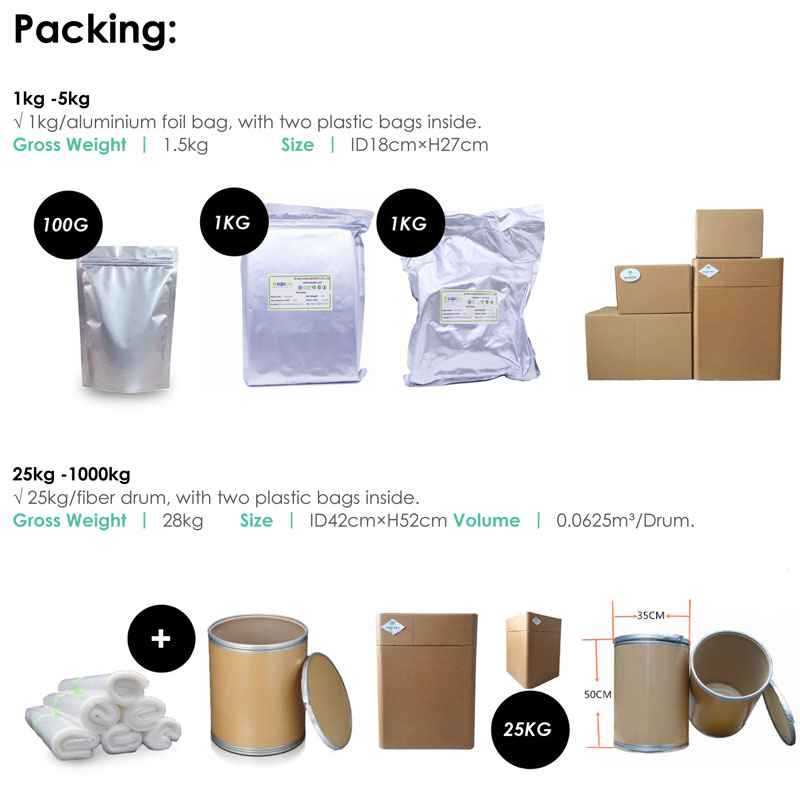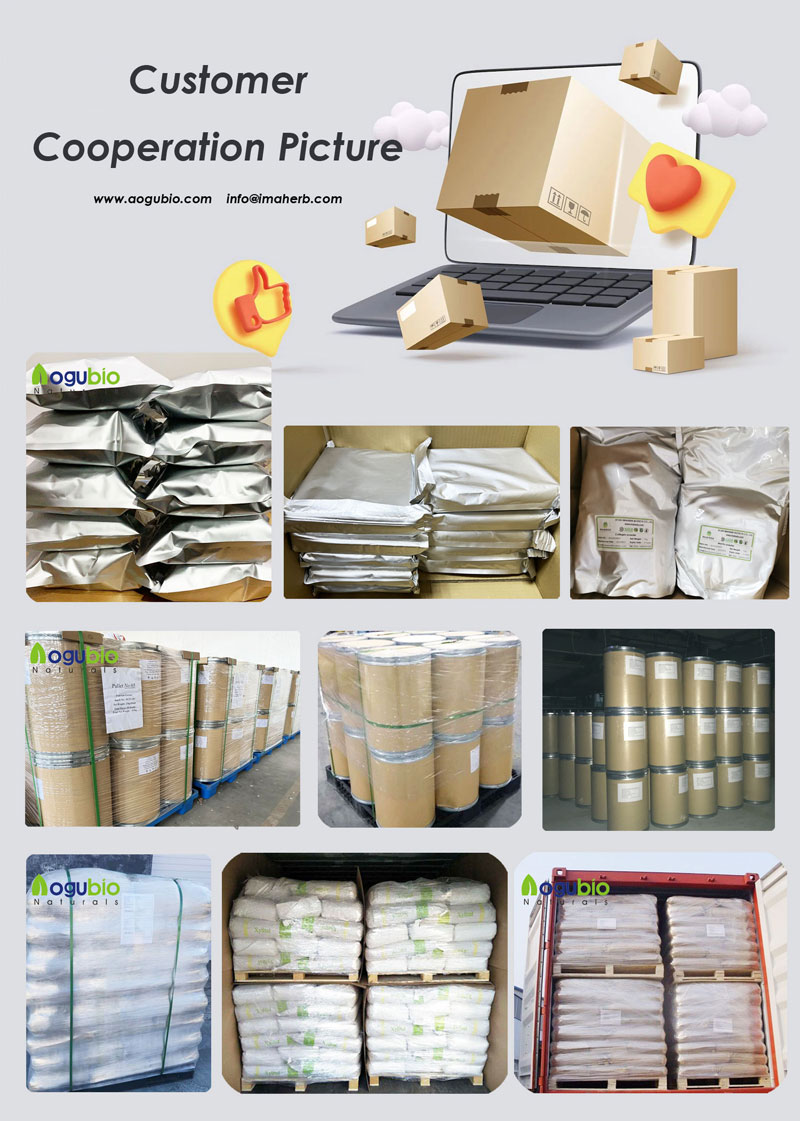Factory Supply Cas 13040-19-2 zinc Ricinoleate
Products Description
Zinc ricinoleate is mainly used as an odor inhibitor in cosmetics and skin care products.
Zinc ricinoleate is an efficient and environmentally friendly new deodorant raw material, which can be used for deodorization of fabrics, kitchens, toilets, pets, cars, food plants, sewage treatment plants and other objects, with a wide range of applications.
Zinc ricinoleate is a natural alcoholate commonly used as a deodorant and fragrance fixative. It is produced by reacting ricinoleic acid with zinc oxide. It absorbs and fixes odors and is commonly used in personal care products such as deodorants, deodorant sprays and oral products.
Specifications
|
item
|
value
|
|
CAS No.
|
zinc ricinoleate price
|
|
Other Names
|
zinc ricinoleate
|
|
MF
|
C10H10O4
|
|
EINECS No.
|
235-911-4
|
|
Place of Origin
|
China
|
|
Type
|
Agrochemical Intermediates
|
|
Purity
|
99%
|
|
Brand Name
|
jarred
|
|
Model Number
|
zinc ricinoleate
|
|
Application
|
deodorant/ Paint suspension
|
|
Appearance
|
white powder, White Fine Powder
|
|
cas
|
13040-19-2
|
|
Product name
|
zinc ricinoleate
|
|
Keyword
|
zinc ricinoleate
|
|
Shelf life
|
2 Years
|
|
Sample
|
Availiable
|
|
Name
|
zinc ricinoleate
|
|
Assay
|
99.0 %min
|
|
MW
|
660.29564
|
|
grade
|
Chemical Grade
|
|
MOQ
|
1 Kg
|
Function:
- Absorbs odors: Zinc ricinoleate can effectively absorb and neutralize odors, making it widely used in personal care products.
- Fragrance fixation: It can help stabilize fragrance and extend the persistence of fragrance, allowing products to maintain their fragrance longer.
- Antibacterial effects: Some studies have shown that zinc salts have certain antibacterial effects, so they may also play an antibacterial role in some products.
Overall, Zinc ricinoleate is an ingredient commonly used in personal care products to help reduce odor, stabilize aroma, and improve product quality.
other commonly used odor neutralizers
In cosmetics, besides Zinc ricinoleate, there are several other commonly used odor neutralizers. Here are some examples:
- Dimethylamine: has an ammonia odor and can be used as an odor neutralizer to eliminate the odor of drugs or other compounds.
- Triethanolamine (TEA): It acts as a neutralizing agent in cosmetics and is used to neutralize fatty acids to form soap and sulfated fatty acids to form amine salts. It can also be used as neutralizer of acidic polymer gel such as carbomer to form stable lotion or suspension by neutralization with carboxyl groups such as carbomer.
- TRIS buffer: In cosmetics, the most common function of TRIS is to regulate pH (acidity and alkalinity), and it can also be used as a neutralizing agent to neutralize thickeners (carbomer), reduce stickiness, improve skin cell respiration efficiency, and prevent pore blockage. In addition, TRIS can be used as an odor regulator in cosmetics containing amine salts, regulating the odor of amines generated by friction when applying cosmetics, thereby avoiding the release of any residual or persistent odors.
- HEPES (4-hydroxyethylpiperazine ethanesulfonic acid): As a cosmetic ingredient, HEPES has the advantages of being safe for the human body, non-toxic, physiologically compatible, and chemically stable. It can stabilize the pH range of skincare products for a long time, maintain the activity of microbial fermentation product extracts, and prolong the anti-aging effect of the product. Therefore, it is often used as a stabilizer and activator in cosmetics.





















